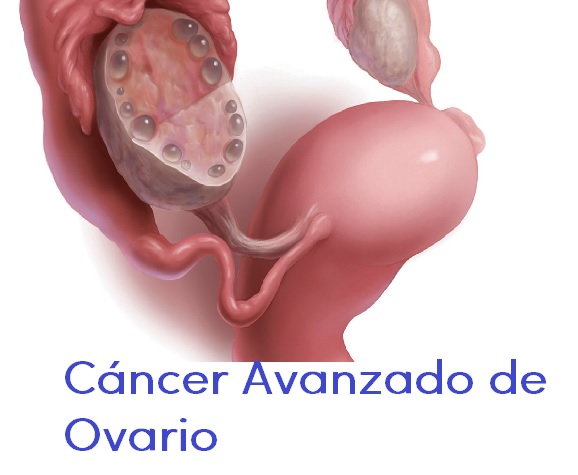Treatment schemes and their impact on therapeutic results. Study in patients with advanced ovarian cancer
Original Research

Additional Files
Published
How to Cite
Issue
Section
License
Copyright (c) 2020 Ruth Engracia Vivanco

This work is licensed under a Creative Commons Attribution-NonCommercial-ShareAlike 4.0 International License.
Keywords:
Ovarian Neoplasms, /mortality, /drug therapy, Ovary, Treatment Adherence and ComplianceAbstract
Introduction: Advanced ovarian cancer is one of the cancer diseases with the highest mortality in the world. In Ecuador it represents approximately 0.2% of all deaths. The objective of the study was to carry out a retrospective clinical description of women with advanced ovarian cancer.
Methods: The present observational, retrospective study was carried out in the Clinical Oncology service of the National Oncological Institute “Dr. Juan Tanca Marengo” from Solca-Guayaquil. The study period was January 2003 to December 2007. The records of patients with histopathological diagnosis of advanced ovarian cancer were included: staging according to FIGO III (IIIA-IIIB-IIIC) and IV. The variables were descriptive, population and clinical: histological type, staging, treatment used. The calculation of the sample is non-probabilistic, which includes all possible cases. Descriptive statistics are used.
Results: 79 cases entered the analysis. Women aged 50 to 59 years 20/79 cases 25.32 (95% CI 24.24-26.4%). Serous papillary adenocarcinoma IIIc was the most prevalent histology 34/79 (43.04% 95% CI 41.81-44.27%). Chemotherapy treatment with surgery was the most prevalent 56/79 (70.89% 95% CI 69.76-72.01). Paclitaxel + Cisplatin was used in 44/79 cases (55.7% 95% CI 54.46-56.93%). Recurrence occurred in 30 cases. Complete response in 17 cases (21.52% 95% CI 20.5-22.54%), progression in 18 cases (22.78% 95% CI 21.74-23.83%). Mortality 11 cases (13.92% 95% CI 13.07-14.78%) and treatment abandonment 32 cases (40.51% 95% CI 39.29-41.72%).
Conclusions: The dropout rate is a factor that occurs with a high frequency among patients with advanced ovarian cancer. This does not allow evaluating the outcome of the treatments that are used to treat ovarian cancers at these stages.

